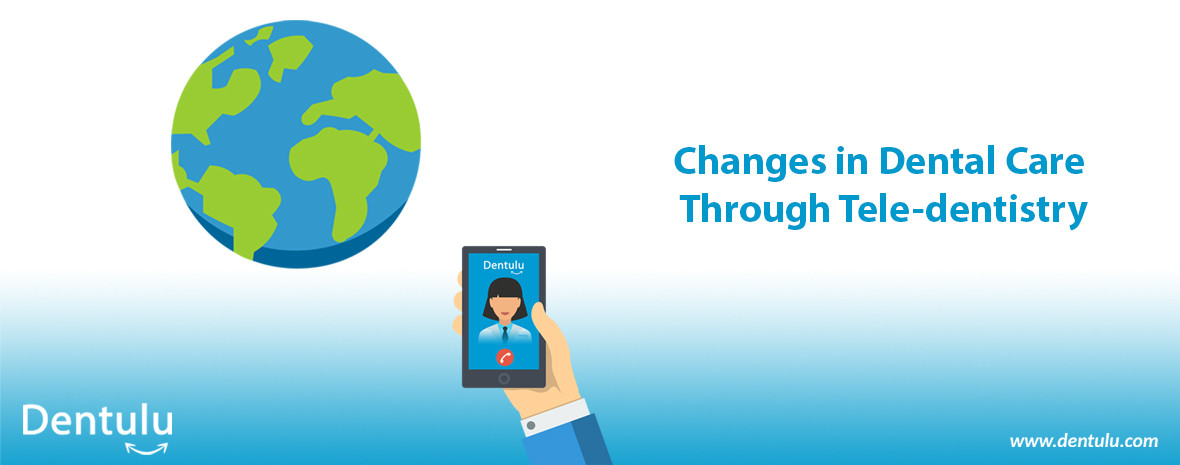


Dental care changes day by day due to the evolution of technology and telecommunication. Tele-dentistry revolves around these areas and uses telecommunication technology to provide dental care. Since technological capabilities are always evolving, tele-dentistry has the potential to change the course of traditional dental care. The first time that the word ‘tele-dentistry’ was introduced was in 1997. Back then, it was defined as a dental practice that used video-conferencing technology for the purpose of diagnosing and remotely providing advice related to dental treatment. Tele-dentistry further enables patients to remotely receive advice from specialists if required. The beauty of this technology is that there are no barriers in terms of distance and time, so providing dental care services is easier.
Taking the above into consideration, tele-dentistry can be defined as the application of telecommunication technologies with electronic information to provide long-distance clinical dental care services to patients.
Tele-dentistry is prevalent in two formats. One is called “real-time consultation” and the other is known as “store and forward.” The benefit of the real-time consultation format is that information is transferred immediately. This format enables both dentists and patients to see each other from different locations. Patients and dentists can interact with each other regarding dental health issues. On the other hand, the store-and-forward format enables a patient to store data in a local database to forward to the dentist. This format enables the collection of the patient’s relevant information and images and stores this information so that the dentist can review these at a later time, before giving a diagnosis and subsequent treatment plan.
Now the question is, how can a dentist practice tele-dentistry? If you think that software, hardware, and a network connection are required, then you would be partly correct. Of course, these things are required, but you don’t need to worry about these. There is a dental app that is user-friendly and it enables dentists to practice tele-dentistry. If you are a dentist, all you need to do is download the Dentulu app and register with the app. The same process applies to patients.
It has been reported that there are serious inequalities in the accessibility of dental health care in Los Angeles. The reason for this could be attributed to the fact that most dentists and specialists focus on urban areas for their practice. Meanwhile, there are various barriers that prevent rural communities from getting access to dental care. Obvious reasons are geographical remoteness and lack of proper transportation, which leads to a compromise on getting quality dental health care services. As a result, patients are unable to receive treatment, which can create further health complications. This is where tele-dentistry comes in. Tele-dentistry ensures that patients can have access to dentists and specialists. Patients have an advantage as they can get the treatment they need quickly and affordably.
It is evident that tele-dentistry is the fastest-growing segment of dentistry. Tele-dentistry has been instrumental in reducing the gap between dentists and patients in rural areas. In the near future, it is expected that treatment through tele-dentistry will reach a new high.